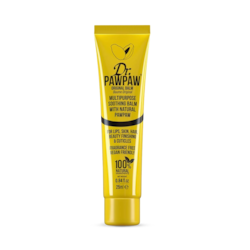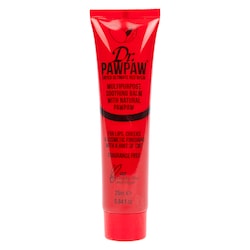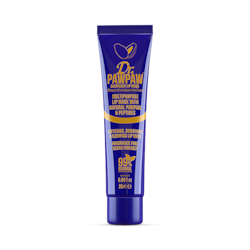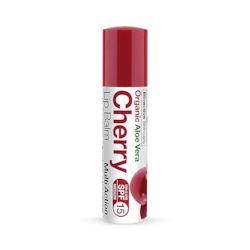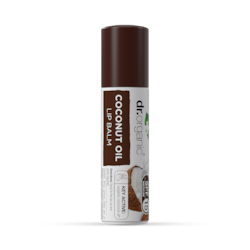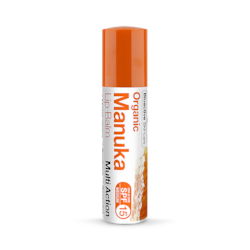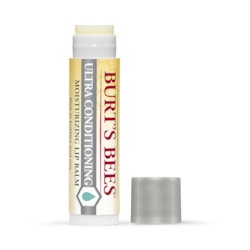15% off £20
Lip Care
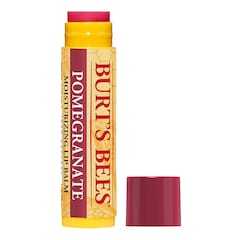
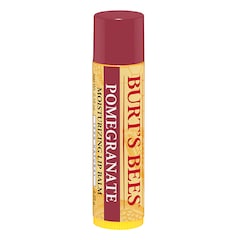
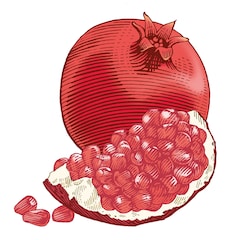
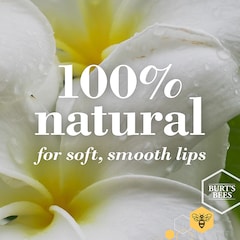
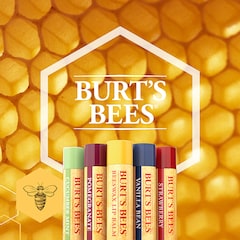
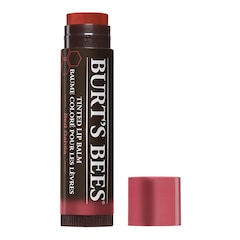
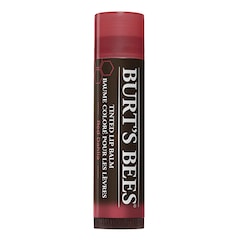
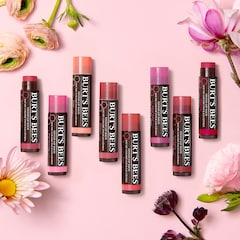
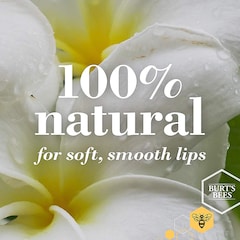
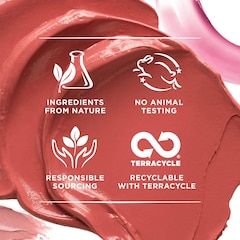
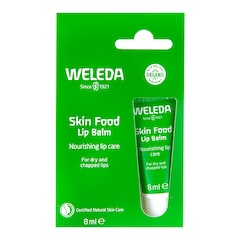
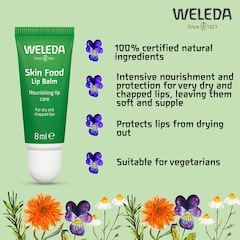
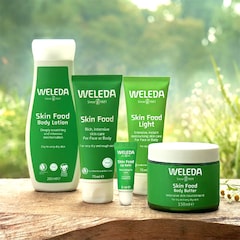
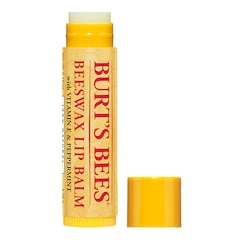
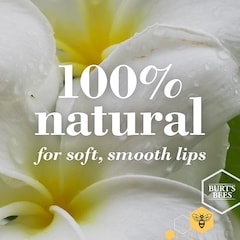
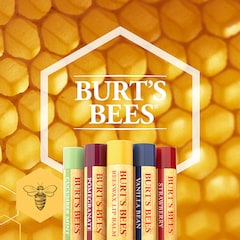
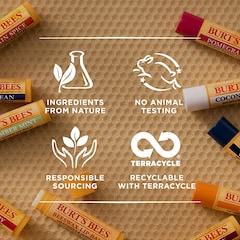
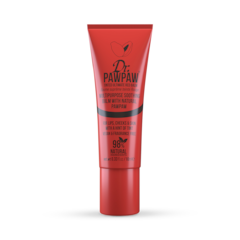
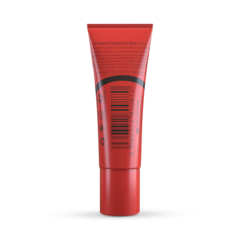
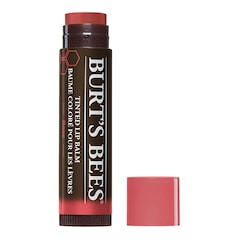
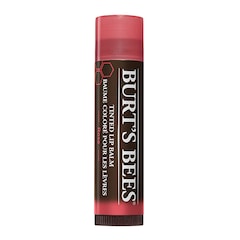
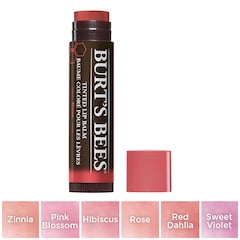
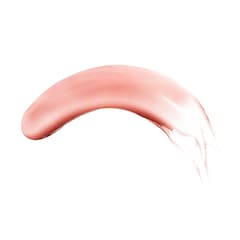
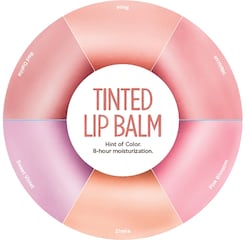
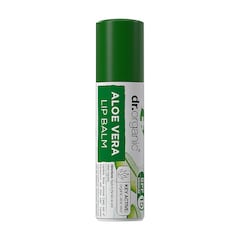
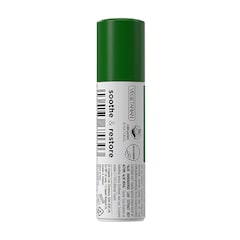
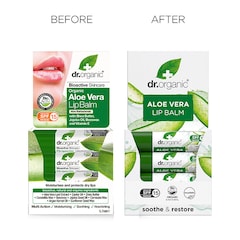
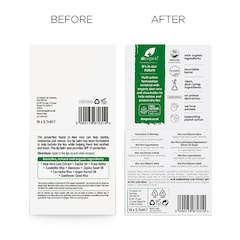
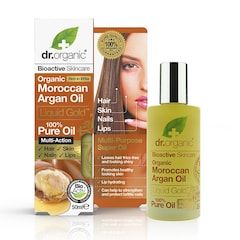
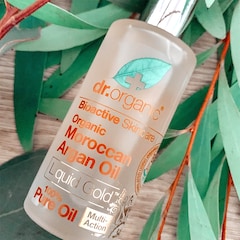
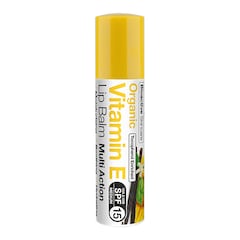
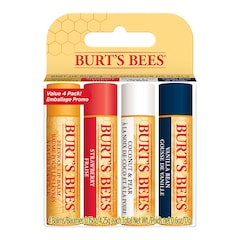
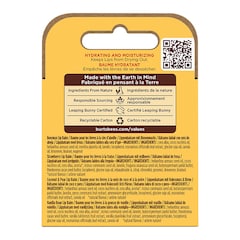
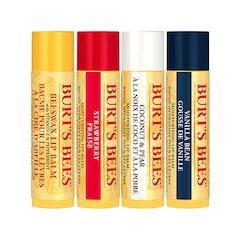
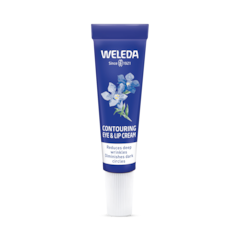
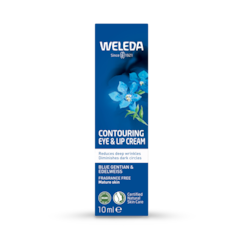
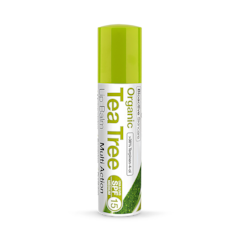
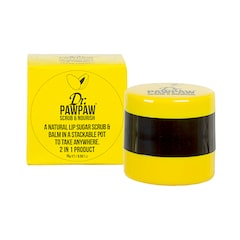
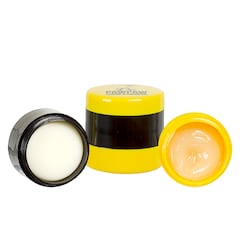
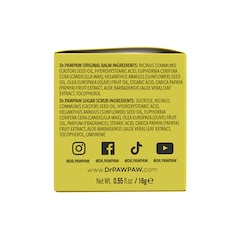
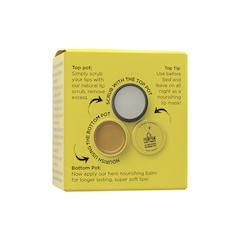
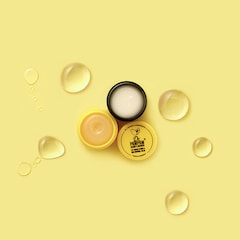
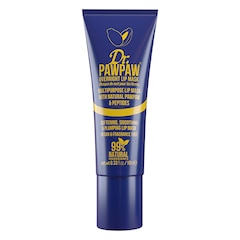
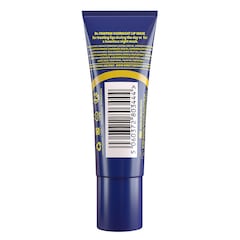

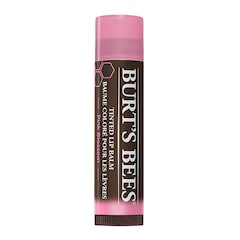
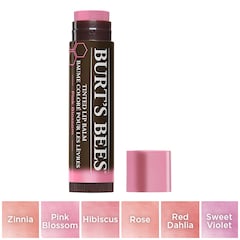
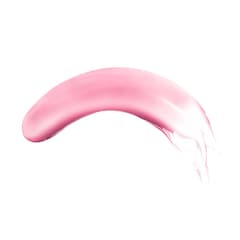
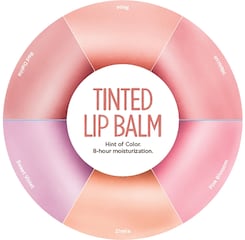
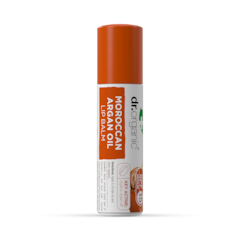
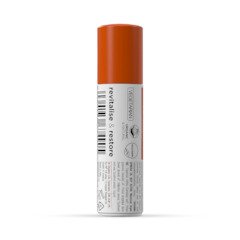
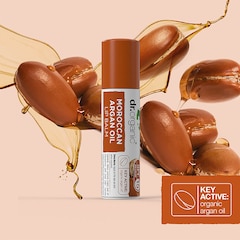
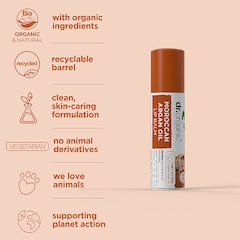
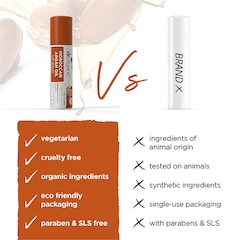
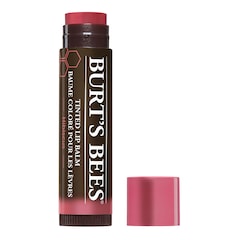
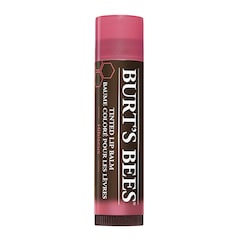
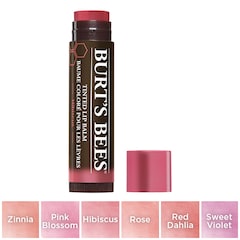
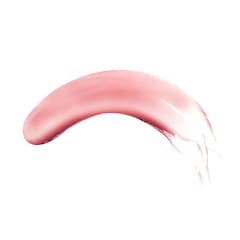
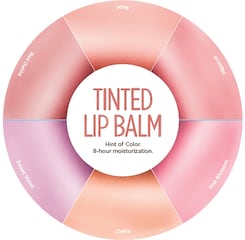
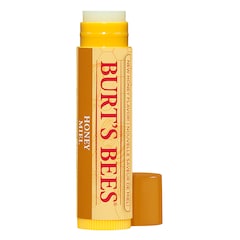
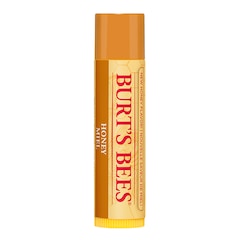
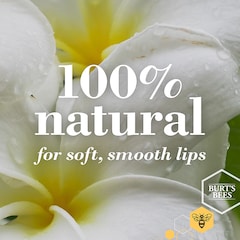
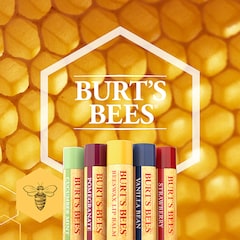
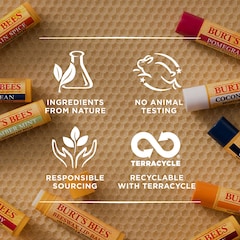

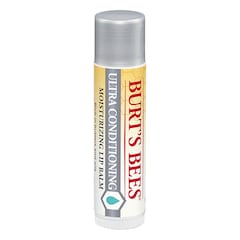
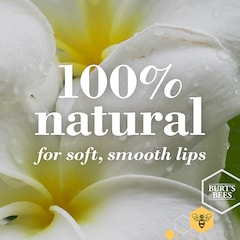
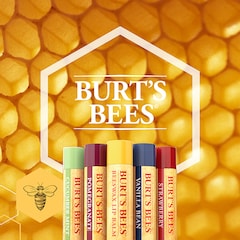
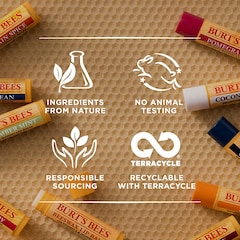
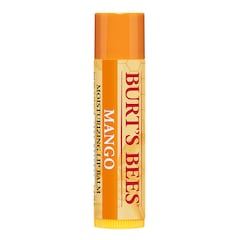
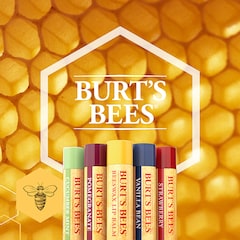
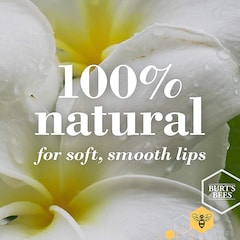
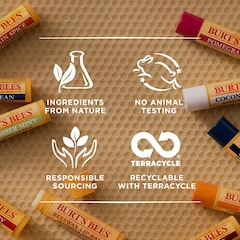
Shop Lip Care at Holland & Barrett
When it comes to lip care, prevention is better than a cure.
Our smile is really the last place we want cracks and chaps, but the skin on our lips is the thinnest.
It also has no sun-filtering melanin. It is sensitive to the cold, to wind, to dehydration, hormones, and more.
And while we cannot control the climate, we can take measures like regularly using lip balm in order to remedy or prevent dry lips.
Lip balm tips
For tubed lip balms, dial the stick up just a centimetre or so in order to apply it.
Apply a single coat to cover all of your lips, though it is fine if you overdo it.
You can also use your fingers to apply lip balm if you prefer – if say, you’re borrowing a friend’s.
Just be sure to wash your hands first or use some hand sanitiser, to avoid spreading germs to your mouth, or theirs.
If you have cracked or dry nostrils, cheeks, eyelids, or other areas, you can also apply the lip balm there (assuming it isn’t tinted).
Avoid putting lip balm on under lipstick as it can impact the way the lipstick adheres. Instead, try a lip balm with a tint, or a lipstick that includes moisturiser. If you have the time, apply the lip balm a good twenty minutes or so first, let it sink in, then you can apply lipstick.
Another cheat is to apply lip balm, then while your lips are still moist, dab on the blush powder or eye shadow colour of your choice. Ensure you check the ingredients before using in case you are sensitive to anything.
Lip balms that come with flavours and smells can be fun, but occasionally these additions can cause irritation for a few individuals – more so if they are artificial.
Just be sure to do a skin test first by applying a bit to your wrist, or a small amount on your lower lip.
Other more random uses for lip balm!
In case of emergency, there are a few other things you can use lip balm for, such as removing a stuck ring! Just coat the area on your finger above the ring in balm, and it should slide off more easily.
If you have a few eyebrow, moustache, or baby hairs that need taming, a quick smudge with the lip balm should do the trick.
Use a bit of slightly shiny lip balm on your cheek bones for a subtle shimmer or highlight.
Recommended lip balms
For something interesting, you could try a conditioning lip balm like Burt's Bees Ultra Conditioning Lip Balm with Kokum Butter. The conditioning part is in the kokum butter, as well as Shea and cocoa butter. These ingredients, apart from moisturising, also help to leave your lips nice and soft, with a matte finish.
Alternatively, try Dr Organic Hemp Oil Lip Balm, which provides SPF15 protection. The organic hemp oil is a balanced oil rich in fatty acids and omegas, for health-looking skin. Apply whenever you need, and avoid contact with your eyes and broken or irritated skin.
Store your lip balm in a cool, dry place. Avoid wet areas, as that sort of climate can promote bacteria.
Shop Lip Care at Holland & Barrett
When it comes to lip care, prevention is better than a cure.
Our smile is really the last place we want cracks and chaps, but the skin on our lips is the thinnest.
It also has no sun-filtering melanin. It is sensitive to the cold, to wind, to dehydration, hormones, and more.
And while we cannot control the climate, we can take measures like regularly using lip balm in order to remedy or prevent dry lips.
Lip balm tips
For tubed lip balms, dial the stick up just a centimetre or so in order to apply it.
Apply a single coat to cover all of your lips, though it is fine if you overdo it.
You can also use your fingers to apply lip balm if you prefer – if say, you’re borrowing a friend’s.
Just be sure to wash your hands first or use some hand sanitiser, to avoid spreading germs to your mouth, or theirs.
If you have cracked or dry nostrils, cheeks, eyelids, or other areas, you can also apply the lip balm there (assuming it isn’t tinted).
Avoid putting lip balm on under lipstick as it can impact the way the lipstick adheres. Instead, try a lip balm with a tint, or a lipstick that includes moisturiser. If you have the time, apply the lip balm a good twenty minutes or so first, let it sink in, then you can apply lipstick.
Another cheat is to apply lip balm, then while your lips are still moist, dab on the blush powder or eye shadow colour of your choice. Ensure you check the ingredients before using in case you are sensitive to anything.
Lip balms that come with flavours and smells can be fun, but occasionally these additions can cause irritation for a few individuals – more so if they are artificial.
Just be sure to do a skin test first by applying a bit to your wrist, or a small amount on your lower lip.
Other more random uses for lip balm!
In case of emergency, there are a few other things you can use lip balm for, such as removing a stuck ring! Just coat the area on your finger above the ring in balm, and it should slide off more easily.
If you have a few eyebrow, moustache, or baby hairs that need taming, a quick smudge with the lip balm should do the trick.
Use a bit of slightly shiny lip balm on your cheek bones for a subtle shimmer or highlight.
Recommended lip balms
For something interesting, you could try a conditioning lip balm like Burt's Bees Ultra Conditioning Lip Balm with Kokum Butter. The conditioning part is in the kokum butter, as well as Shea and cocoa butter. These ingredients, apart from moisturising, also help to leave your lips nice and soft, with a matte finish.
Alternatively, try Dr Organic Hemp Oil Lip Balm, which provides SPF15 protection. The organic hemp oil is a balanced oil rich in fatty acids and omegas, for health-looking skin. Apply whenever you need, and avoid contact with your eyes and broken or irritated skin.
Store your lip balm in a cool, dry place. Avoid wet areas, as that sort of climate can promote bacteria.
FAQs
Is lip moisturiser different to lip balm?
Lip balms usually contain some combination of waxes and oils, with extra ingredients such as menthol to sooth rawness, or aloe vera for healing.
Many balms also incorporate sunscreens. Sun exposure is one key risk factor, along with other lifestyle habits or circumstances such as smoking and heavy alcohol use.
A lip moisturiser is essentially the same as a lip balm, though you can find balms that are more focused on moisturising.
For a lip ointment, try P'URE Papaya Ointment which is specifically designed for replenishing and repairing dry and damaged lips and skin.
Made from organic papaya, Shea butter, jojoba, and macadamia oils, the cream is particularly moisturising.
The papaya in it is a source of various vitamins that are great for helping to restore the skin.
P'URE Papaya Ointment is also safe and effective for use on babies’ bottoms as well as on sore or dry nipples.
)

